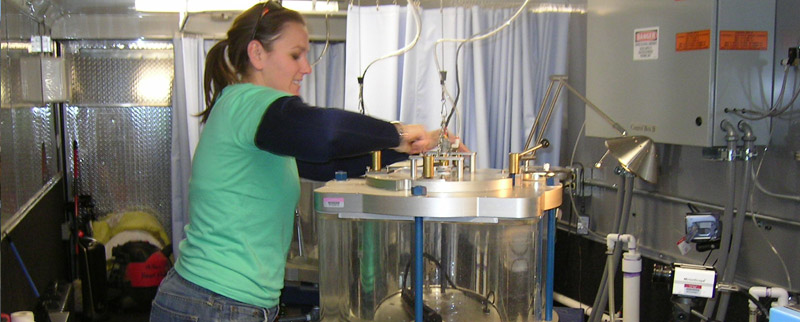Assessment of Barotrauma In Untagged and Tagged Juvenile Chinook Salmon Exposed to Simulated Hydro Turbine Passage
Freestone provided specialized research support to study the passage of salmon species through hydroelectric dams on the Columbia and Snake Rivers under a series of contracts to support DOE’s Pacific Northwest National Laboratory. The studies include evaluating the barotrauma injuries juvenile salmonids sustained after being exposed to a simulated turbine passage. Special barometric chambers housed in a Mobile Aquatic Barotrauma Laboratory were designed and built by PNNL and used to simulate specifically McNary Dam, located on the Columbia River and operated by BPA and USACE. The studies tested acoustic tagged and non-tagged juvenile salmon to evaluate potential tagging effects. Work was performed at PNNL facilities, field sites and hydroelectric dams on the Columbia and Snake Rivers. Freestone scientists helped install and operate hyperbaric chambers for simulated turbine passage. A high-speed video system recorded the salmons’ physical response to rapid pressure fluctuations. Thousands of necropsies were performed on juvenile salmonids exposed to barotraumas. Our biologists collected histology samples from fish carrying implanted tags. We also performed surgical implantation of acoustic telemetry tags in juvenile fish and surgical implantation of radio telemetry tags in juvenile and adult fish. Freestone biologists supported identification, capture and collection of juvenile and adult fish that employed techniques such as snorkeling, screw traps and electro-fishing. We also supported operation and installation of radio and acoustic telemetry detection systems.

